
David Bowie at the Tweeter Center in Tinley Park, Illinois, in 2002. Photo by Adam Bielawski; image courtesy of Wikimedia Commons
«We all know that David Bowie, who passed away two years ago yesterday, left an indelible impression on the music world. But did you know that Bowie's other great passion was art? He exhibited his own paintings and once even stated: "Art was, seriously, the only thing I'd ever wanted to own." Being a fan who also happens to work in an art library, researching Bowie's art-history influences was the intriguing (if overwhelming) project I had always dreamed of undertaking—and one that led to even more discoveries than initially expected.»
Apart from two books explicitly on Bowie—the exhibition catalogue for 2013's David Bowie Is exhibition at the Victoria and Albert Museum in London, and the Denis O'Regan photo book David Bowie's Serious Moonlight: The World Tour—there are quite a number of Watson titles that relate to Bowie in less obvious ways.
Joe the lion / Went to the bar / A couple of drinks on the house an' he said
'Tell you who you are if you nail me to my car'"
These are the opening lines to "Joe the Lion," a song from Bowie's 1977 album Heroes. The lyrics are intended as an homage to performance artist Chris Burden and his 1974 piece Trans-Fixed, wherein Burden actually nailed himself to a car. In another verse, reference is made to the Shoot performance, in which Burden was shot by a professional marksman in a gallery. (Information on these pieces, as well as Burden's other performance and non-performance art work, can be found via a keyword search in Watsonline.)
Heroes was part of Bowie's famed "Berlin trilogy," a period when he recorded three of his most innovative works—the other two being Low (1977) and Lodger (1979)—while living in the bohemian city. During this time, Bowie frequented the Brücke-Museum and studied works by notable Die Brücke artists such as Ernst Ludwig Kirchner and Erich Heckel. The contorted physicality in the latter's painting Roquairol (1917) even inspired Heroes' iconic and enigmatic album cover.
In 2010, the Brücke-Museum exhibited a Heckel retrospective. The exhibition catalogue, featuring Roquairol, can be requested from the Watson Library stacks, as can more than 100 other titles on Die Brücke artists!

Erich Heckel (German, 1883–1970). Roquairol, 1917. Woodcut, block: 12 1/2 x 9 1/2 in. (32 x 24 cm); sheet: 12 1/8 x 9 1/2 in. (30.8 x 24.1 cm). The Metropolitan Museum of Art, New York, Gift of Samuel C. Dretzin, 1965 (65.697.8). © 2018 Artists Rights Society (ARS), New York
Just as Berlin's culture was integral to three of Bowie's most important records, Tokyo held an equally strong influence. Through his work with mime artist Lindsay Kemp, Bowie was introduced to kabuki theatre, an area from which Kemp drew much inspiration. Following Bowie's first tour of Japan in 1973, he began incorporating elements of kabuki into his stage performance, particularly hikinuki, a quick on-stage costume change.
The makeup Bowie donned during his Ziggy Stardust era was also directly inspired by kabuki, and the foremost onnagata (a male actor playing a woman's role) of the era, Banda Tamasburo, schooled him firsthand in application techniques.
Watson Library has an extensive collection of related books, with kabuki represented through publications such as The Kabuki Theatre by Earle Ernst. This particularly thorough work covers kabuki in all its intricacies and contextualizes it through Western theater for easy points of reference.
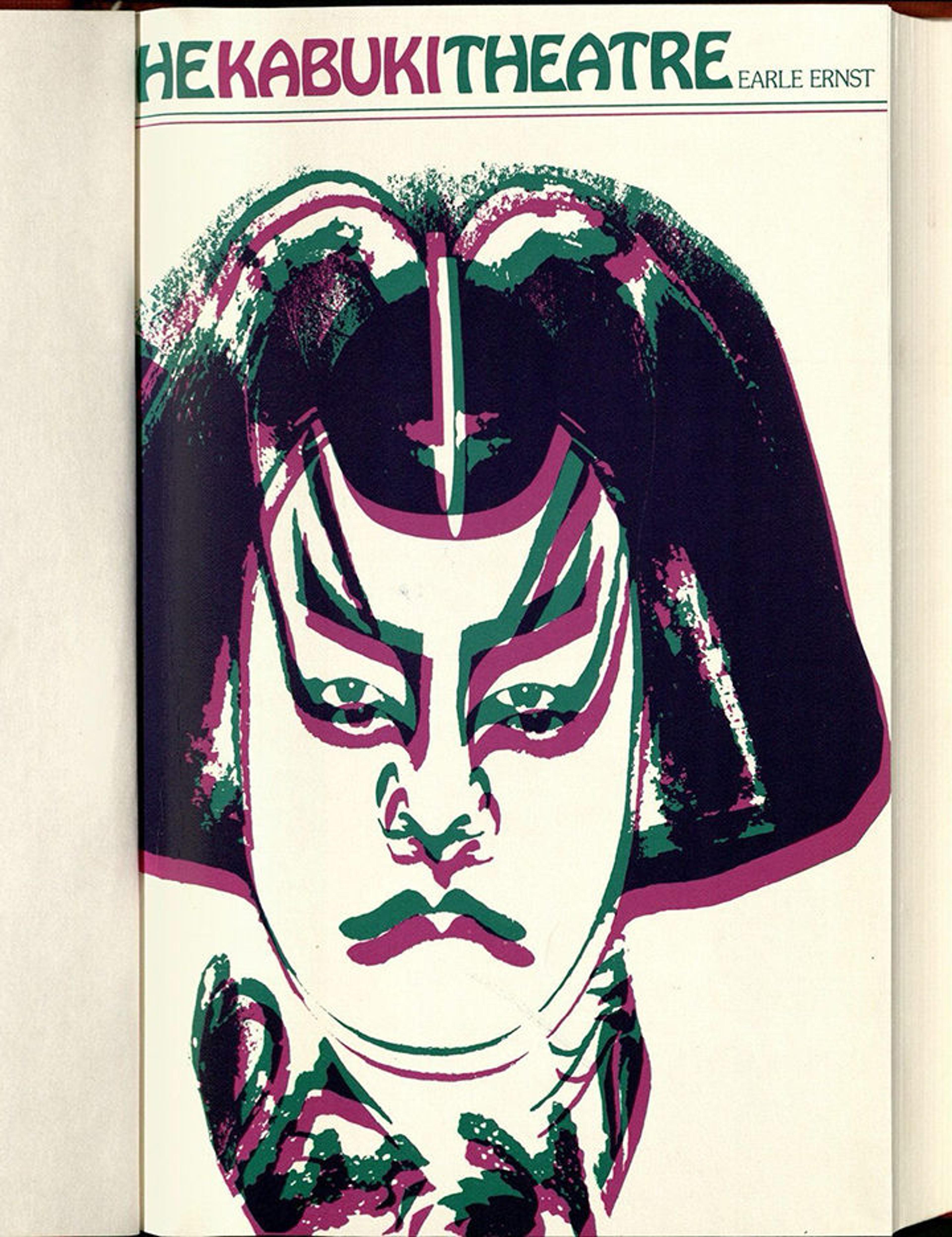
Earle Ernst, The Kabuki Theatre (New York: Oxford University Press, 1956).
Bowie wasn't just inspired by art and culture, he also wrote about it. He was an avid contributor to Modern Painters magazine and served on the editorial board from 1994 to mid-2006. During that time, he interviewed Julian Schnabel, who directed Bowie in the 1996 film Basquiat; reviewed the first ever Johannesburg Bienniale in 1995; and collaborated on a spin painting while interviewing Damien Hirst.
The entire run of Modern Painters can be consulted, both as hard copy and online, right here in Watson.
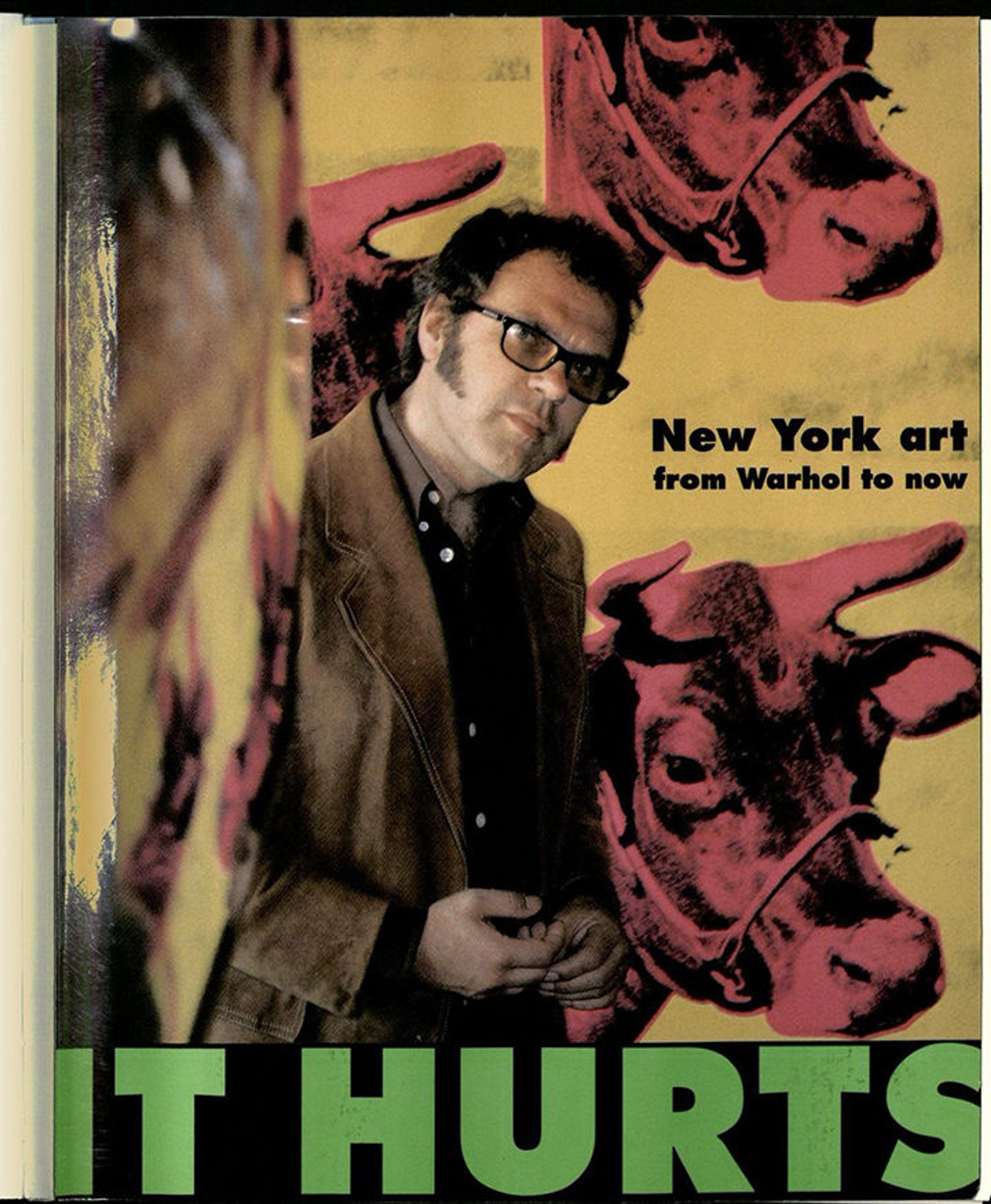
Matthew Collings, It Hurts: New York Art from Warhol to Now (London: 21 Publishing, 1998).
The Hirst-Bowie spin painting eventually became part of Bowie's personal art collection. It was sold by Sotheby's in 2016 in the three-part Bowie/Collector sale, where it went for $939,000. Each part of the auction was broken up by theme, with one dedicated to the work of revolutionary designer Ettore Sottsass, who was recently the subject of a retrospective at The Met Breuer.
Bowie was so enmeshed in the art world that he even launched his own art-book company, 21 Publishing, in 1998. The imprint, co-founded with Modern Painters editor Karen Wright, gallerist Bernard Jacobson, and patron of the arts Sir Timothy Sainsbury, aimed to approach the art world unpretentiously. Seeing as one of its titles is a parody book on a fictional artist (Nat Tate: An American Artist, 1928–1960), I would say the endeavor was a success! Other 21 Publishing titles include It Hurts: New York Art from Warhol to Now, which is also requestable from our stacks.
Speaking of Warhol, the 1996 film Basquiat saw Bowie in his most art-centric film role, playing Andy Warhol opposite Jeffrey Wright's titular artist. This is far from being Bowie's only association with Warhol. The song "Andy Warhol" appeared on Bowie's 1971 classic, Hunky Dory.
As you can probably guess, Watson has an ample selection of books on Warhol and Basquiat, including a few that are on collaborations between the artists.
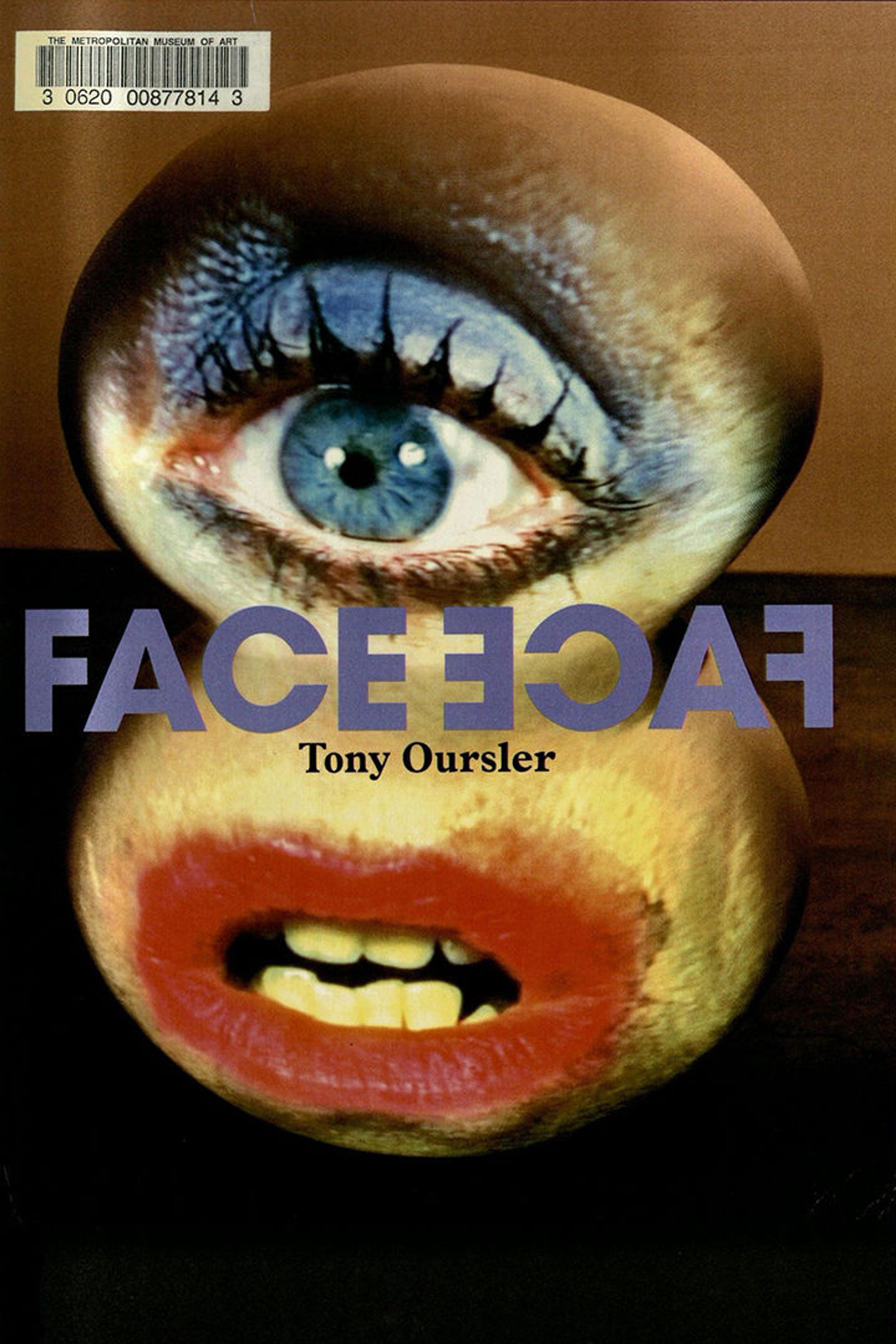
Tony Oursler, Face to Face: Tony Oursler (Aarhus: ARoS Aarhus Kunstmuseum, 2012).
Tony Oursler is perhaps the artist with whom Bowie shared the strongest collaborative relationship. Bowie cameoed in the multimedia artist's exhibition Switch in 1996. The following year, Oursler provided visuals for Bowie's 50th birthday party, held at Madison Square Garden, and later designed Bowie's Earthling tour. Bowie appeared in an Oursler exhibition yet again in 2012, entitled Face to Face. Oursler repaid the favor by directing the video for Bowie's 2013 song "Where Are We Now," which co-starred Oursler's wife and fellow artist Jacqueline Humphries.
Another frequent Bowie collaborator was the graphic designer Jonathan Barnbrook, who designed the sleeves of four Bowie records and one compilation album, beginning with 2002's Heathen and ending with Bowie's final release, Blackstar, from 2016. A custom typeface was designed for each. These, as well as many other Barnbrook typefaces, can be consulted in The Barnbrook Bible: The Graphic Design of Jonathan Barnbrook, which features a few quotes from Bowie himself.
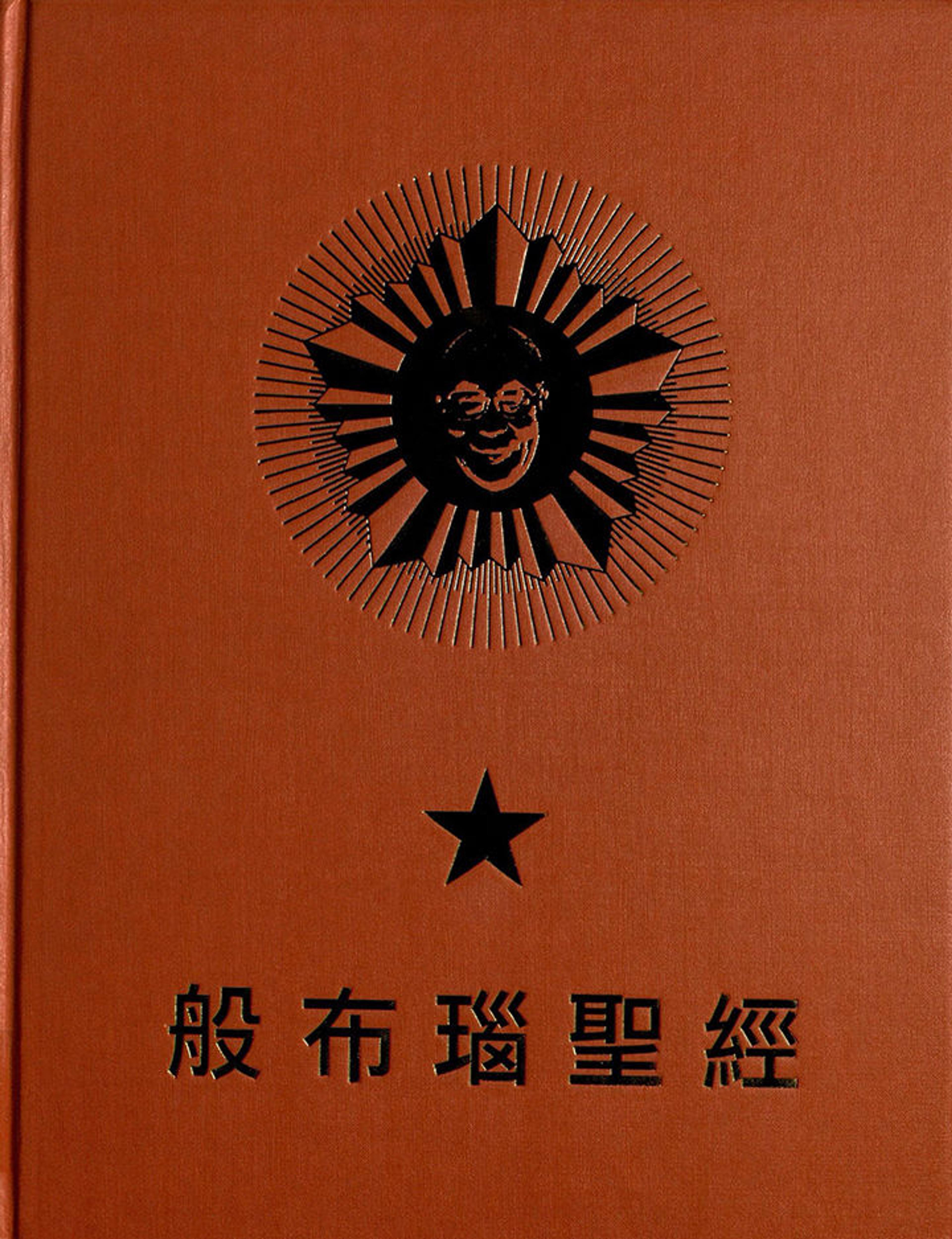
Jonathan Barnbrook, Barnbrook Bible: The Graphic Design of Jonathan Barnbrook (London: Booth-Clibborn Editions, 2007).
Shortly after Bowie's death, Barnbrook allowed the Blackstar graphics to be downloaded and used for non-commercial use. Barnbrook went on to win the Beazley design award in 2016 for his work on the graphics.
This post would be incomplete if Bowie's influence on the fashion world was overlooked. His work with costume designers such as Alexander McQueen was simply iconic and, in some cases, museum-worthy. A jacket McQueen designed for the cover of the 1997 album Earthling opened AngloMania, an exhibition at The Met in 2006. The catalogue for the show, as well as catalogues of many other notable exhibitions at the Museum, can be found in Watson's open stacks reference collection.
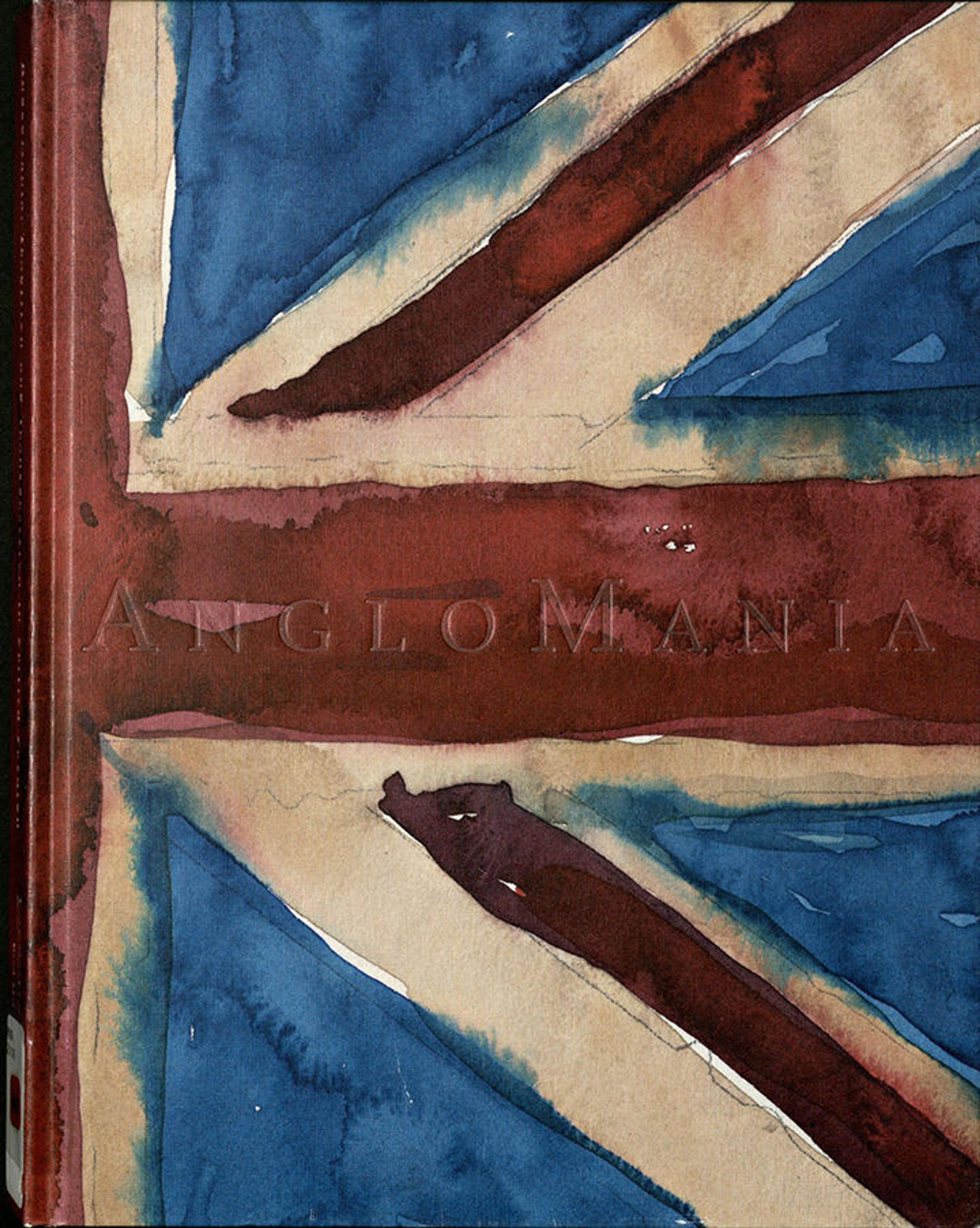
Andrew Bolton, AngloMania: Tradition and Transgression in British Fashion(New York: The Metropolitan Museum of Art, 2006).
